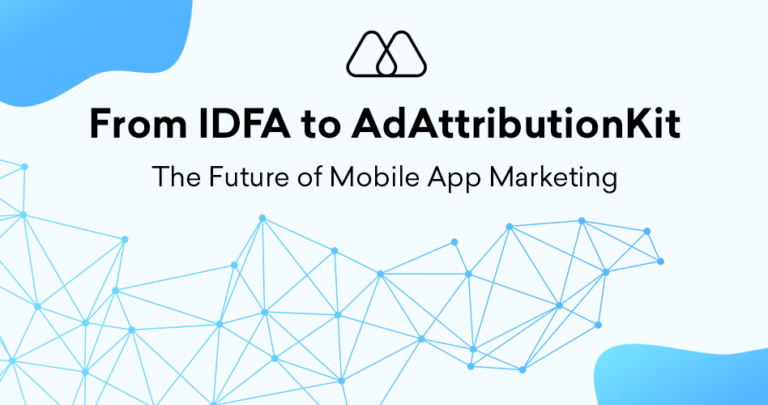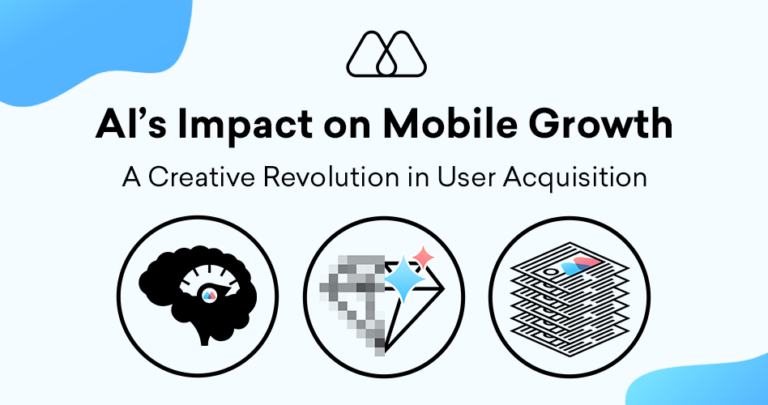In the ever-evolving landscape of mobile advertising, targeting users with relevant ads remains paramount to campaign success. Google Advertising ID (GAID), also known as Android Advertising ID (AAID), has long served as a cornerstone for user-level targeting within the Android app ecosystem. This article explores GAID, its functionalities, how it impacts mobile ad targeting, upcoming privacy changes affecting its future use, and potential alternative solutions for a future-proof mobile advertising strategy.
What is Google Advertising ID (GAID)?
Google Advertising ID (GAID), previously known as Android Advertising ID (AAID), is a unique identifier assigned to most Android devices by Google Play services. This identifier allows app developers and advertisers to track user activity across apps and deliver targeted advertising. It’s important to note that GAID is resettable by the user within their Android device settings, and users can opt out of personalized advertising altogether.
How Does GAID Work in Mobile Advertising?
Here’s a breakdown of how GAID functions in mobile advertising:
- App Integration: When an Android app is installed, it can access the user’s GAID with the user’s consent.
- Data Collection: Apps can leverage the GAID to collect data on user behavior within the app, such as ad interactions, in-app purchases, and app usage patterns.
- Ad Targeting: Ad platforms and networks utilize GAID to build user profiles based on the collected app behavior data. This allows advertisers to target users with ads more likely to resonate with their interests and past app interactions.
- Measurement and Attribution: GAID also plays a role in ad measurement and attribution, allowing advertisers to track the effectiveness of their campaigns and understand user journeys across different apps.
The Impact of GAID on Mobile Ad Targeting
GAID has significantly impacted mobile ad targeting by enabling:
- Enhanced Relevancy: By leveraging user behavior data, advertisers can deliver more relevant and personalized ads, improving the overall user experience and potentially increasing click-through rates (CTRs) and conversion rates.
- Improved Campaign Measurement: GAID facilitates more accurate campaign measurement and attribution, allowing advertisers to optimize their campaigns for better performance.
- Interest-Based Targeting: Advertisers can target users based on their inferred interests derived from app behavior data, leading to more effective ad campaigns.
The Future of GAID: Privacy Developments and Alternative Solutions
The future of Google Advertising ID (GAID) is uncertain due to growing privacy concerns and evolving regulations. Here’s a closer look at the current landscape:
- Privacy-Focused Initiatives: Increased user privacy awareness and regulations like the General Data Protection Regulation (GDPR) and California Consumer Privacy Act (CCPA) have led to stricter data collection practices.
- GAID Deprecation: Google has announced plans to phase out support for GAID in future versions of Android, though a specific timeline remains unclear.
- Alternative Solutions: The mobile advertising industry is exploring alternative solutions for user-level targeting that prioritize user privacy, such as contextual targeting and Privacy Sandbox initiatives.
Preparing for a GAID-Optional Future: Strategies for Mobile Advertisers
Given the potential limitations of GAID in the future, here are some strategies for mobile advertisers to consider:
- Focus on Contextual Targeting: Invest in strategies that leverage contextual data like app category, user location, and in-app content to deliver relevant advertising.
- Prioritize First-Party Data: Build a strong foundation of first-party data collected with user consent to inform your targeting strategies.
- Explore Privacy-Preserving Solutions: Stay updated and experiment with emerging privacy-preserving solutions like contextual targeting APIs and Privacy Sandbox initiatives.
- Transparency and User Consent: Prioritize user privacy by being transparent about data collection practices and obtaining explicit user consent for data use.
5 Key Takeaways from Google Advertising ID (GAID)
- User-Level Targeting: GAID has been a key pillar for user-level targeting in mobile advertising.
- Enhanced Ad Relevancy: GAID facilitates the delivery of more relevant and personalized mobile ads.
- Privacy Concerns: Growing user privacy concerns and regulations are impacting the future of GAID.
- Alternative Solutions: The industry is exploring privacy-centric solutions for future mobile ad targeting.
- Adapting to Change: Mobile advertisers must mold their strategies to prepare for a potentially GAID-limited future.
While Google Advertising ID (GAID) has played a significant role in mobile ad targeting, the future remains uncertain due to privacy considerations. By understanding the impact of GAID, exploring alternative solutions, and prioritizing user privacy, mobile advertisers can develop future-proof strategies to ensure continued campaign success in a privacy-focused mobile advertising landscape. Remember, staying informed about evolving privacy regulations and adapting your approach will be crucial for navigating the upcoming changes and maximizing the effectiveness of your mobile advertising efforts.




